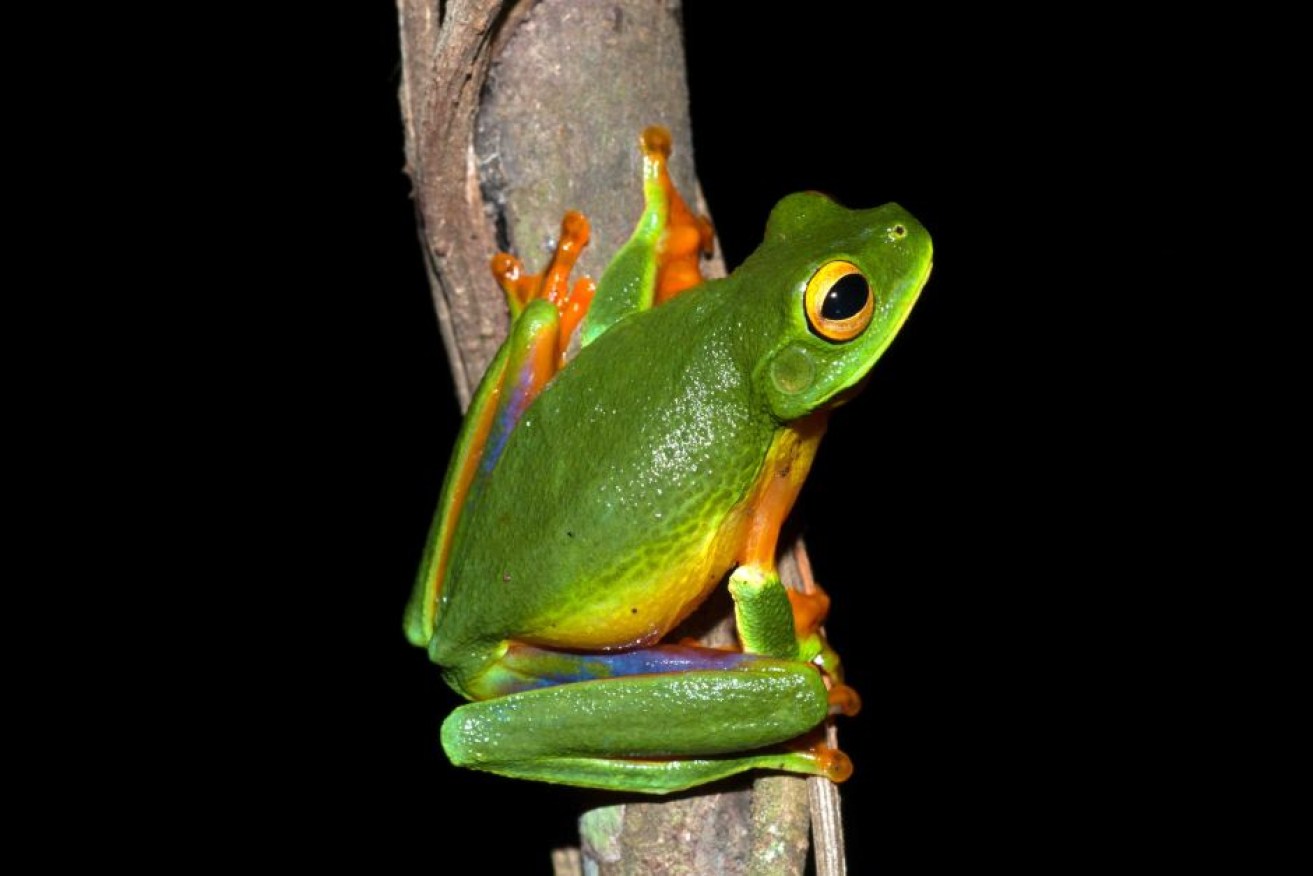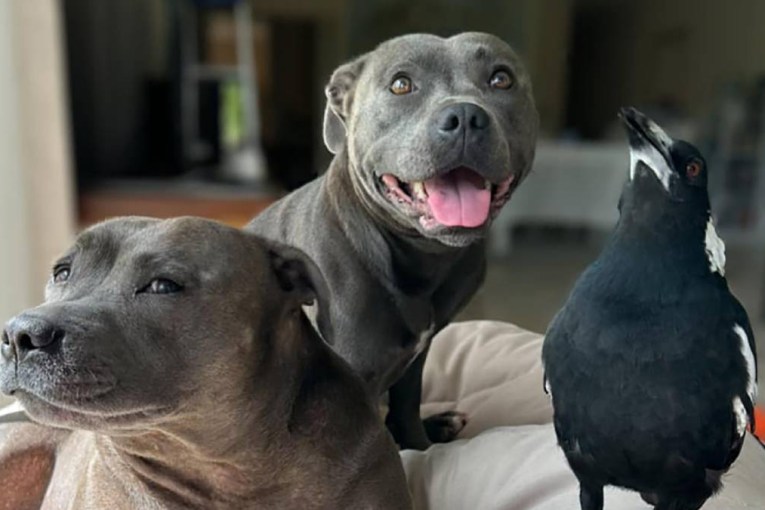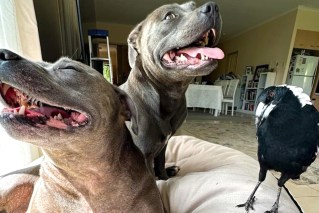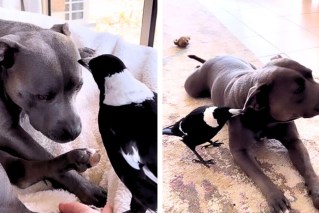Scientists discover new ‘rainbow’ Cape York graceful tree frog

The Cape York graceful tree frogs usually live in trees and are hard to spot. Photo: Jodi Rowley/ABC
Dr Jodi Rowley still remembers the first time she came across an unusual-looking so-called “graceful tree frog” when she visited the forests of Cape York.
She was exploring the far north Queensland peninsula when she was suddenly surrounded by a chorus of low-pitched croaks.
“We were in a really hot, sweaty, beautiful forest near creeks and we were alerted to these frogs by their calls,” Dr Rowley said.
“There was this growling from the trees.
“Their bright orange feet, the blue thighs – they were no type of tree frog I’d seen before.”
Ten years later, Dr Rowley, a curator of amphibian and reptile conservation biology at the Australian Museum, along with scientists Keith McDonald, Stephen Richards and Greta Frankham have given this “rainbow frog” a name.
The Cape York graceful tree frog or Litoria bella has been identified as a new species.
While it has existed for thousands of years, scientists have been finally able to conclude the frog is a distinct species.
The scientists have spent years examining and comparing the frog’s DNA, advertisement calls, body measurements and appearance.
Close relative to New Guinea
The newly named Cape York graceful tree frog has escaped attention until now according to researchers, as it has been masquerading as its southern relative the graceful tree frog (Litoria gracilenta).
The graceful tree frog is commonly found along the east coast of Australia but subtle differences with the Cape York frogs prompted scientists to investigate further.

Dr Jodi Rowley is a biologist at the Australian Museum and University of New South Wales. Photo: Stuart Humphreys / Australian Museum
They found the Cape York graceful tree frog was more closely related to frogs in New Guinea.
“The call of the [male Cape York graceful tree frog] is longer and lower with fewer pulses and slower pulse rate,” Dr Rowley said.
“One of the unusual things about these frogs is instead of calling separately, they all call at once so you hear a chorus of them.”
The Cape York frogs have a near-immaculate green dorsum, bright orange digits, bluish purple thighs and white bones, as described in a scientific paper published in Zootaxa.
They also measure about four centimetres long, which according to Dr Rowley is considered “big” for the species.
They spend most of their time in the tree canopy and come down to ponds when it rains or during breeding season.
Planning for frog’s conservation
The Cape York graceful tree frog is Australia’s 239th frog species.

The scientific name of the new species, Litoria bella, means ‘beautiful’. Photo: Jodi Rowley/ABC
Its identification as a distinct species will now allow researchers to investigate whether they are under threat and develop a conservation plan.
However, Dr Rowley said the frogs were distributed in a wide area and were unlikely to be endangered.
Globally, 31 per cent of frogs are threatened with extinction
“They’re one of Australia’s lucky frogs,” she said.
“It’s fantastic to finally have this gorgeous little frog to get the recognition it deserves.”
-ABC








